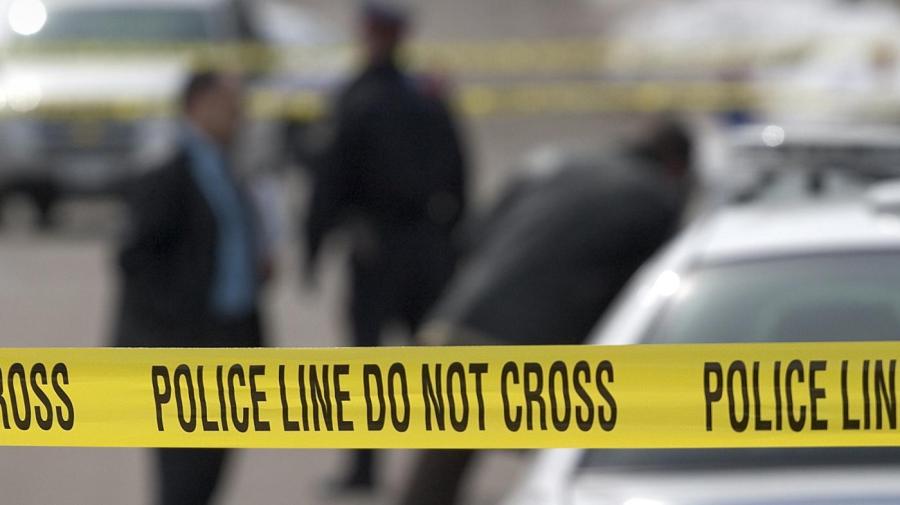What Is a Social Evil?

The term “social evil” can refer to a broad number of problems deemed dangerous or disruptive to society. Some examples include, but are not limited to, crime, homelessness, drug use and poor education. While these types of issues are rather widely acknowledged as social evils the world over, they are also subject to historical, cultural and social factors which affect how they are interpreted and presented.
Historically, a great many phenomena have been labeled social evils. According to the University of Chicago Press, in the early 20th century, philanthropist Joseph Rowntree was among the first to use the term in Britain. For Rowntree, the worst evils were “gambling, war, slavery and poverty.” All of these seem to work against society’s moral fabric, to degrade human experience or to encourage vice. While some critics point to criminological sources of social ill, such as drugs, theft or prostitution, others point toward economic structures that cause widespread injustice and which then, in turn, sponsor social deterioration. In 2014, for example, the Huffington Post cites Pope Francis as determining that “unfettered capitalism” was the root of all social evil, and that combating the “wealth gap” inherent to that system was a top priority in recuperating society as a whole.
In some cases, there is not complete agreement as to any one issue constituting a social ill. During the Temperance Movement in the United States, many women and religious organizations depicted alcohol consumption as the most toxic element within society. When that lobby finally got Prohibition implemented, there was widespread backlash against the law, as well as a tremendous upsurge in crime. Thus attempting to eradicate one social evil spawned the proliferation of others. This is a classic example of some people’s social and religious attitudes identifying something as a social evil, and another set of the population’s as doing the opposite.





